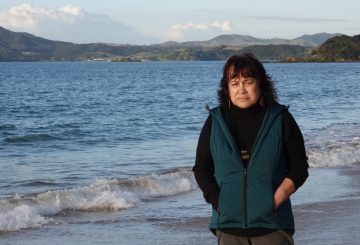After the devastation brought about by Cyclone Gabrielle in February, Hawke’s Bay is taking significant steps to bolster its disaster preparedness. Rural areas in Hawke’s Bay were particularly hard-hit, with many communities lacking power, communications, fuel, and food due to road damages which isolated them.
In response, the Ministry for Primary Industries’ North Island Weather Events fund has granted the Hastings District Council $1.3 million to establish 10 community resilience hubs. These hubs are designed to support communities during emergencies, equipped with essentials such as backup power generators, satellite mobile connectors, catering kits, emergency sanitation facilities, radios, and hygiene kits.
Recalling the aftermath of Cyclone Gabrielle, Patoka resident Isabelle Crawshaw revealed that her community, consisting of around 300 residents, was cut off from Hastings and Napier for two months. She emphasized the challenges they faced, especially the scarcity of fuel which was essential for machinery to restore the roads. They managed with household generators and relied on helicopters for crucial supplies, but lacked other essentials, including medication and food.
While they did have a community hall as a gathering point, it wasn’t equipped to function as a shelter or facility for their entire community. Crawshaw believes that the new resilience hub will be a source of comfort and reassurance to the residents, ensuring that they have the necessary resources during crises.
The Hastings District Council is collaborating with local communities to finalize the hub locations and ascertain their specific needs. The council is also exploring additional funding opportunities to potentially set up more than the initial 10 hubs. The allocated funds will be used for buying containers, enhancing existing community infrastructures, and purchasing vital supplies.
Highlighting the critical role of these hubs, Deputy Mayor Tania Kerr pointed out that Cyclone Gabrielle underscored the importance of preparedness. She stressed that these hubs would serve as safe havens, offering essential amenities determined by the respective communities. The goal is to provide more of these community-led hubs in the future, based on necessity, priority, and available funds.





























































